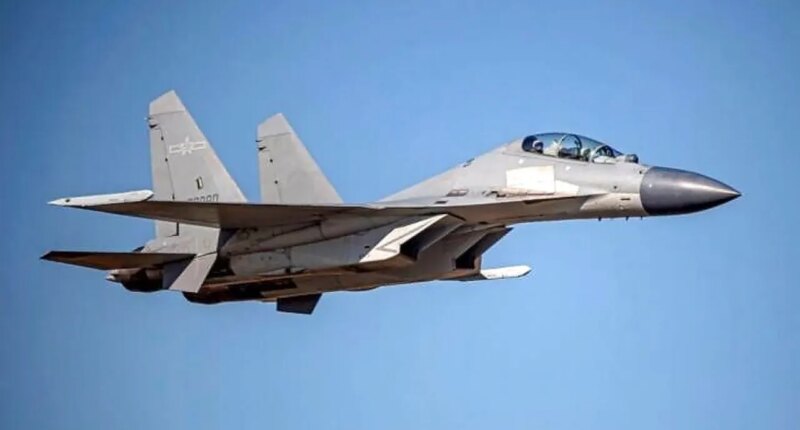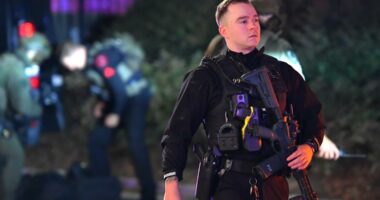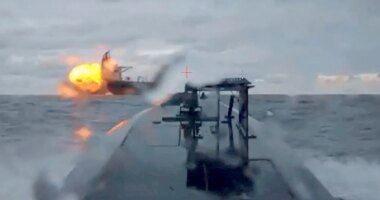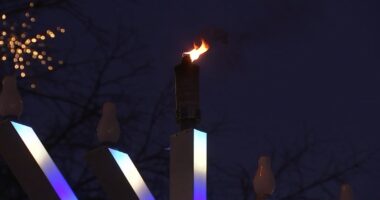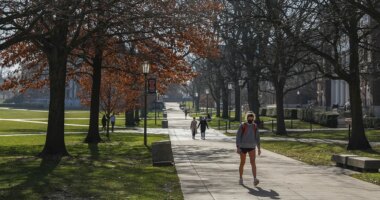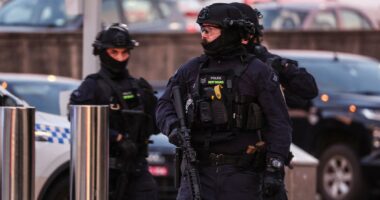Share this @internewscast.com
EXCLUSIVE: Taiwan’s Ministry of National Defense has revealed that China is conducting military exercises in the western Pacific, aiming to restrict access for U.S. and allied forces. These operations underscore Beijing’s ambition to enhance its anti-access/area-denial (A2/AD) strategy, which is designed to prevent rival forces from entering or operating freely in adjacent areas.
Lieutenant General Sun Li-fang, the military spokesperson for Taiwan, also known as the Republic of China (ROC), shared exclusive insights with Fox News Digital. He emphasized that the island’s independent government is acutely aware of the threats posed by China’s growing military power.
Sun assured that Taiwan has devised comprehensive plans to respond should the People’s Liberation Army (PLA) escalate its provocations into actual conflict. He confirmed that Taiwan is prepared with strategies to counter and withstand a potential naval blockade by China.
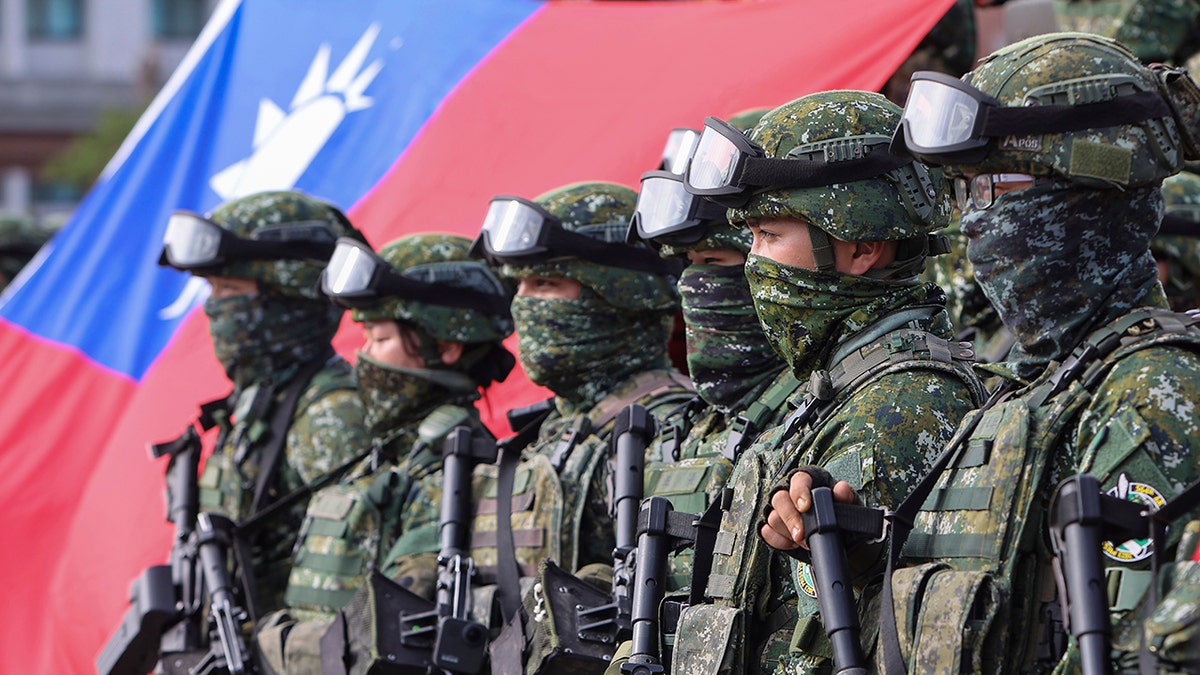
In a recent preparedness enhancement drill in Kaohsiung City, Taiwan, soldiers posed for photos with the national flag, demonstrating readiness against potential military incursions from Beijing. (Daniel Ceng/AP Photo)
The Taiwanese military remains vigilant, with concerns that China’s so-called “training” could swiftly transition into real warfare. Although analysts caution that a blockade would be challenging to overcome, Sun expressed confidence in Taiwan’s “holistic plans” to counter such a move. He called on international allies to view any blockade as an act of war, prompting a unified global response, highlighting that disruptions in the Taiwan Strait would significantly impact the global economy.
Sun further explained that Taiwan anticipates the PLA will persist with its “hybrid warfare” tactics, or “gray-zone operations.” These strategies blend nonmilitary and paramilitary actions intended to intimidate and exhaust Taiwan’s defenses without a formal declaration of war. He warned that the PLA aims to “exhaust [Taiwan’s] defense capability and blur the battlespace.”
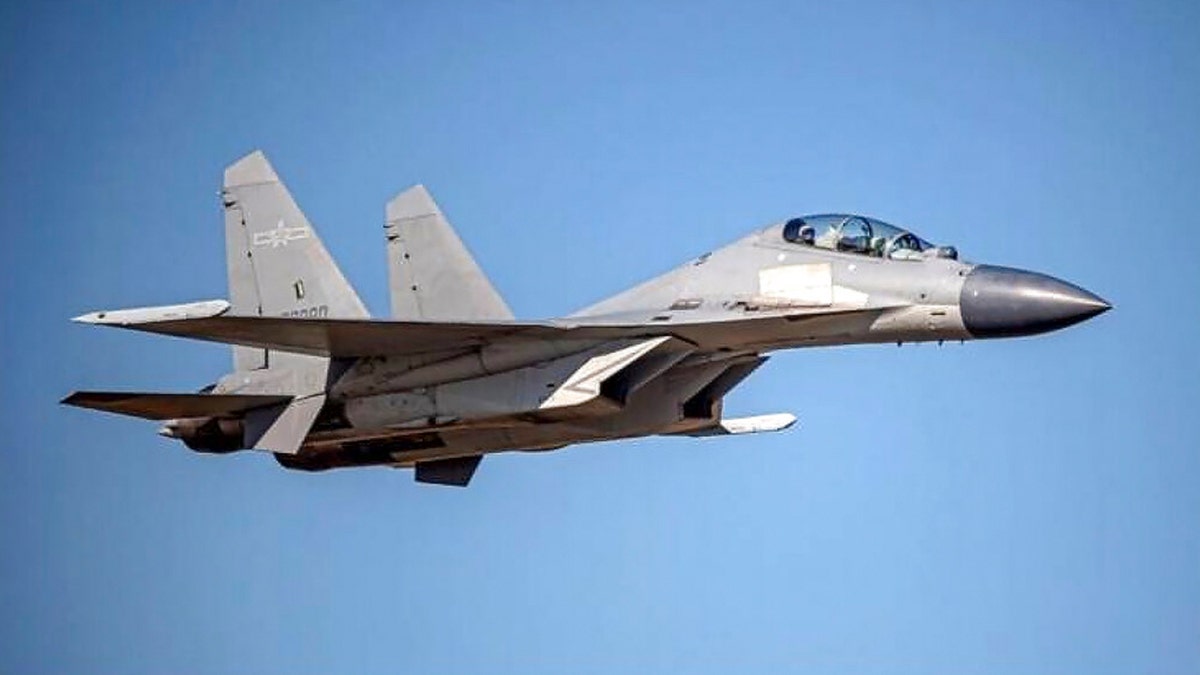
In this undated file photo released by the Taiwan Ministry of Defense, a Chinese PLA J-16 fighter jet flies in an undisclosed location. (Taiwan Ministry of Defense via AP/File)
An example of this can be seen in the near-daily incursions by Chinese warplanes into Taiwan’s air defense identification zone, resulting in Taiwanese air force jets scrambling to intercept them. The tactic, analysts say, is deliberate – part of a broader effort to wear down Taiwan’s air force, degrade equipment and exhaust Taiwan’s personnel.
Beijing has never ruled Taiwan for even a single day, and Taiwan’s military insists it will not allow China to dictate the rules of any future conflict. Instead, the island democracy is prioritizing the development of asymmetric warfare, a strategy in which, as Sun put it, “the weaker party strikes at the weak point of the stronger party with appropriate tactics and weapons in order to gain advantages on the battlefield and change the outcome of the war.”
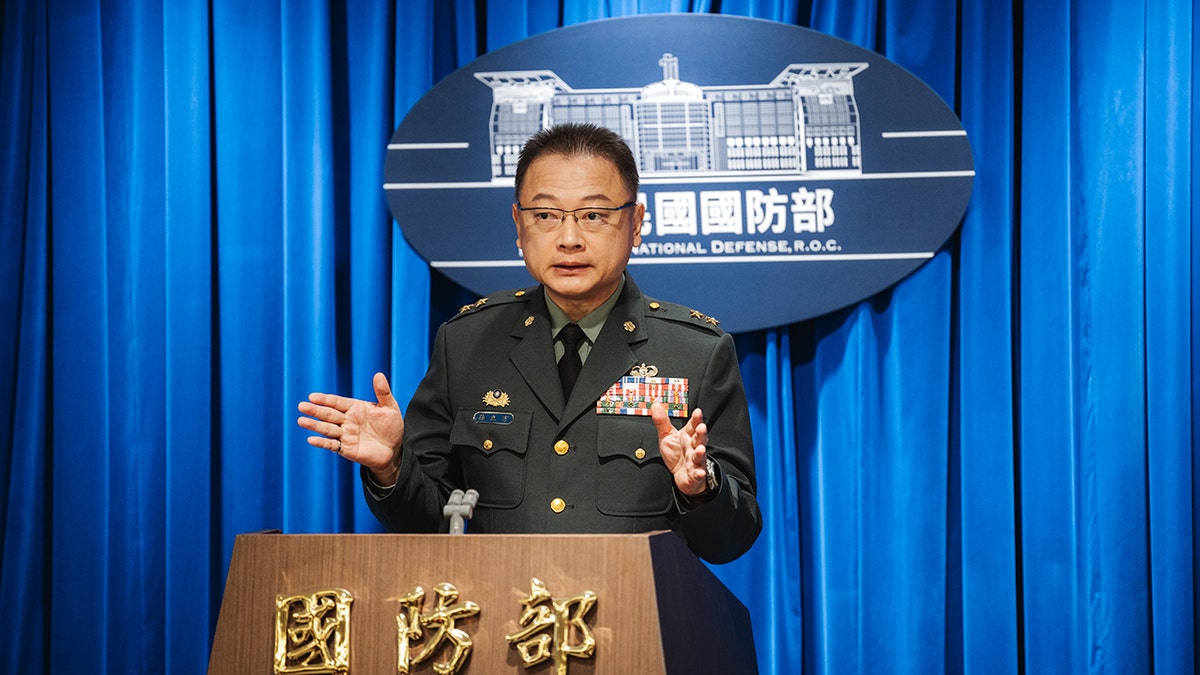
The spokesperson for the Taiwanese military, Lt. Gen. Sun Li-fang, addresses the media. (Taiwanese Armed Forces)
The general said Taiwan’s top priorities are to build asymmetric capabilities, strengthen operational resilience, expand reserve force capacity and improve defenses against gray-zone harassment. To achieve these goals, he said, Taiwan is expanding production and deployment of unmanned and AI-driven systems while dispersing command-and-control networks to make a knockout punch much more difficult. He also noted that Taiwan’s surveillance and reconnaissance units are “vigilant” and that they “exchange intelligence and perspectives on PLA activities with our allies and partners.”
Sun also rejected the idea that Taiwan lacks the will to defend itself and believes people here would strongly resist any attempt by the PRC to take Taiwan by force. Taiwan’s military wants the world to know it is committed to its own defense, Sun said, pointing to the proposed 2026 defense budget, which will exceed 3% of GDP. Furthermore, he said, the government is actively pursuing reforms to make training “as realistic as possible,” is expanding reserve forces, and has already extended mandatory military service to one year.
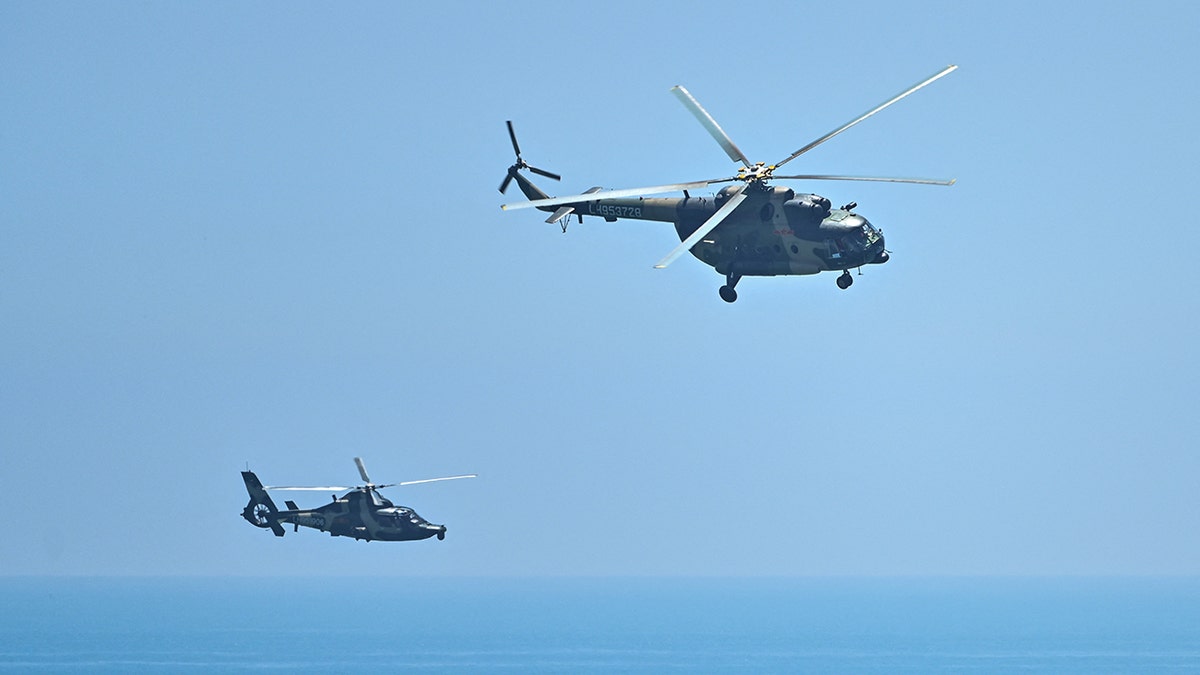
Chinese military helicopters fly past Pingtan island, one of mainland China’s closest points to Taiwan, on Aug. 4, 2022, ahead of massive military drills off Taiwan following House Speaker Nancy Pelosi’s visit to the self-ruled island. (Hector Retamal /AFP via Getty Images)
Taiwan’s government is stressing that an attack or blockade by Beijing would not just be a local confrontation but a global crisis. Government and military leaders of democratic Taiwan hope their statements and actions will convince China – and the world – that Taiwan will fight back with everything it’s got.
